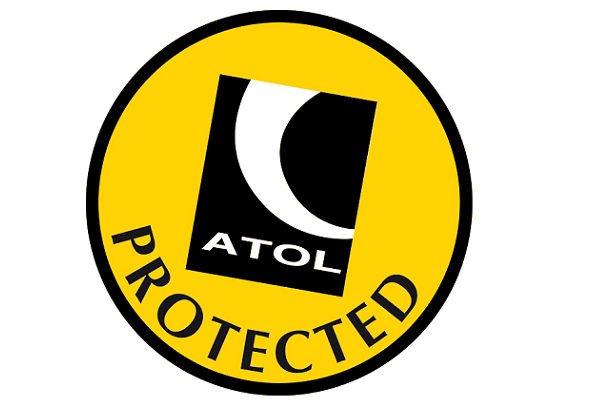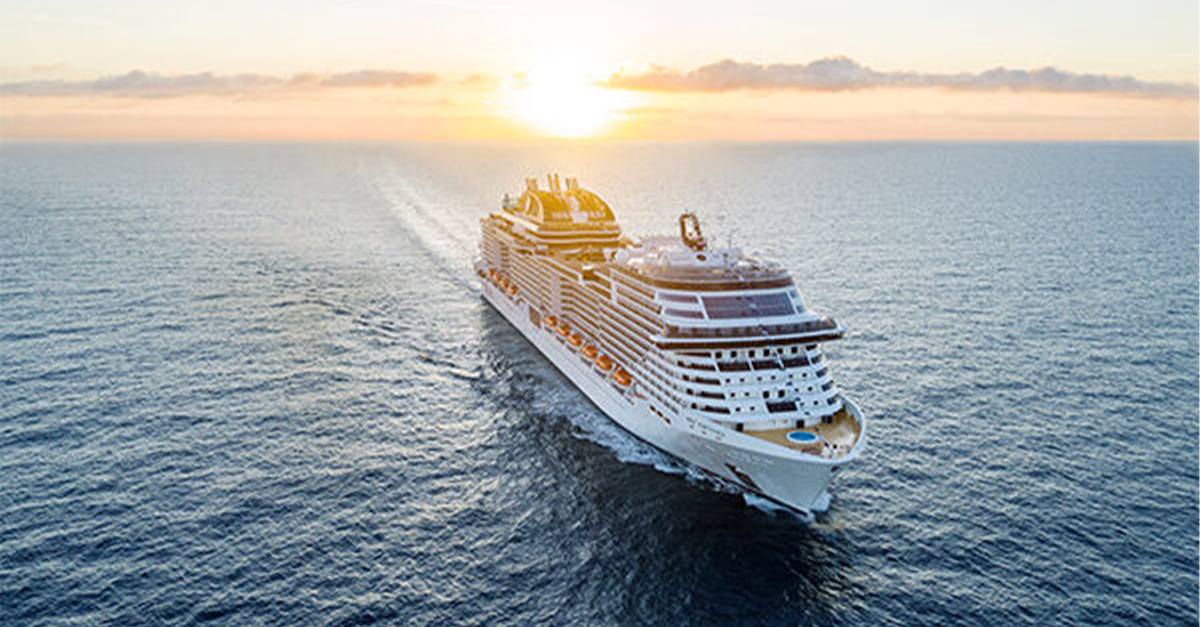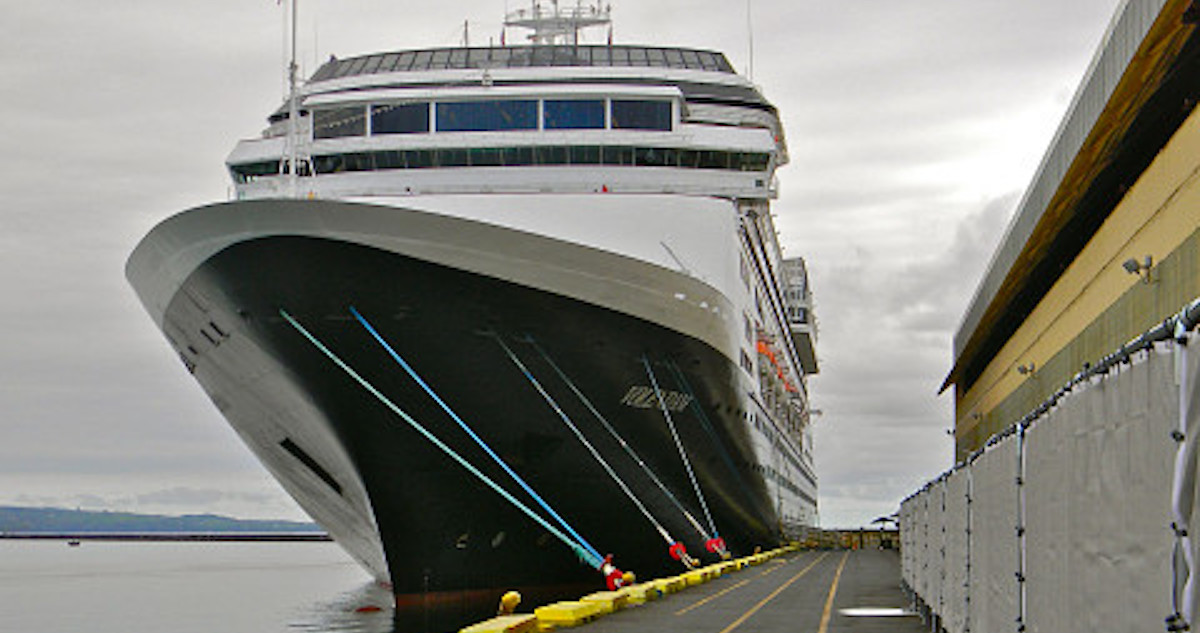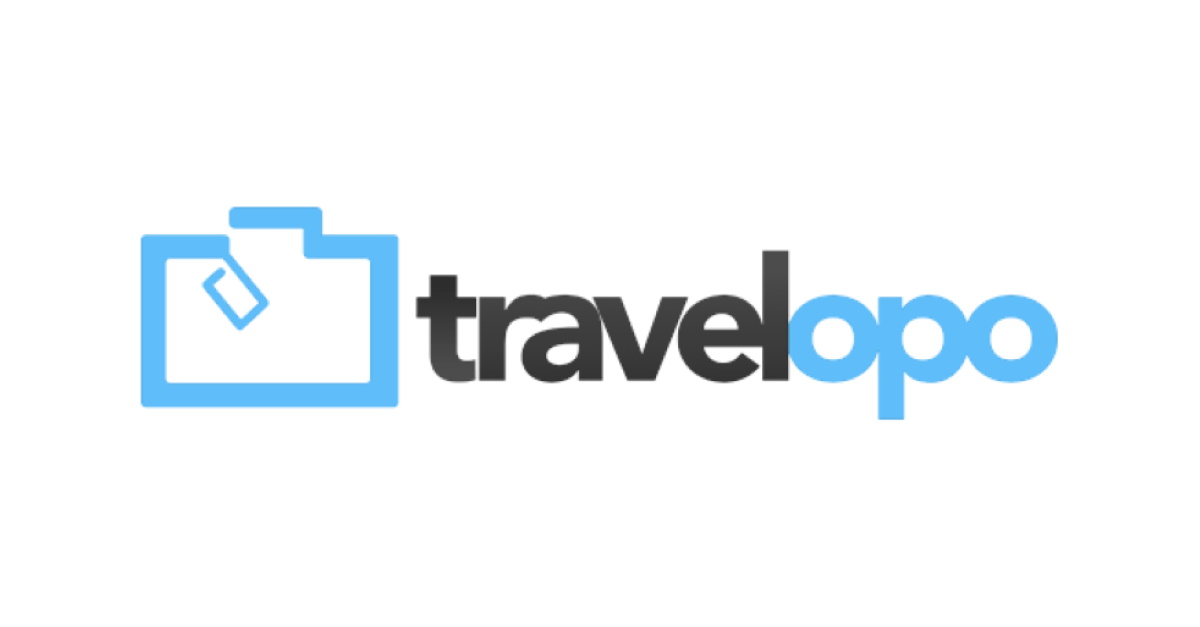Canceled sailings, stuck vessels, warehouse prices show U.S. ports are still struggling
Shipments from China are far below pandemic highs, but a shift from West Coast to East Coast ports and labor issues have supply chain congestion lingering.
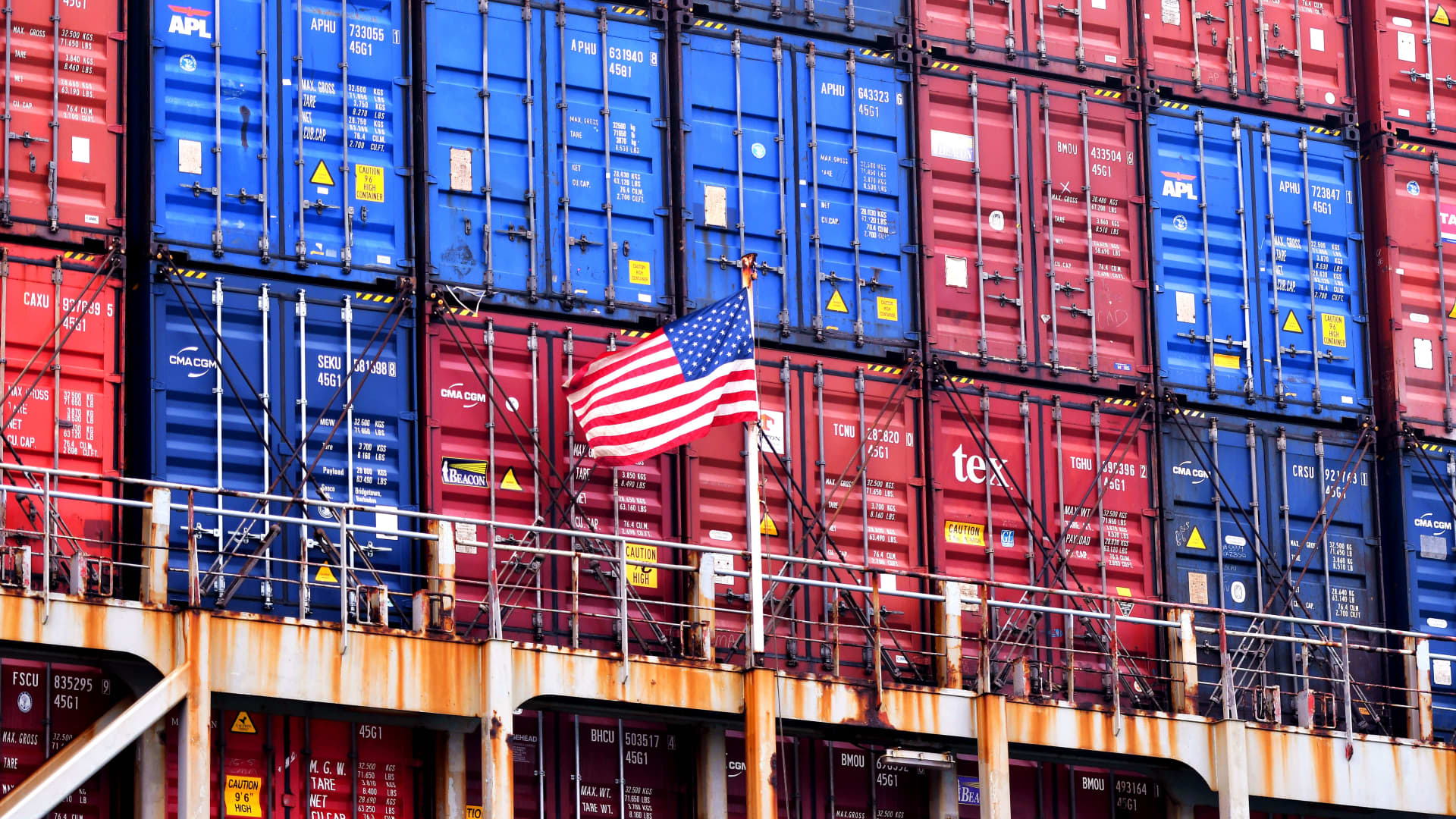
A U.S. flag is seen on the container ship President Eisenhower in a seaport in Qingdao city in east China's Shandong province Thursday, Dec. 23, 2021.
Yu Fangpin | Future Publishing | Getty Images
Ocean carriers continue to cite congestion at U.S. and Canadian ports as the reason for canceling sailings in September, a cut in vessel service that has been flagged in previous CNBC reporting, and the latest CNBC Supply Chain Heat Map shows the congestion is not subsiding.
"It comes as no surprise ocean carriers are blanking (canceling) sailings," said Alan Baer, CEO of OL USA. "It needs to be done to regain some sort of schedule reliability."
The result is that all of these vessels will now be out of position for return voyages, moving containers, loading U.S. exports, and ultimately being in a position to load imports.
"A lot of this was the result of moving freight away from USWC arrivals due to labor disruption risk," Baer said.
MarineTraffic has tracked an increase in the number of vessels anchored off the East Coast and Gulf ports.
More complications for East Coast ports are anticipated as a result of the strike at Felixstowe, which may hit U.S. imports once the backlog starts to get sorted out, according to Captain Adil Ashiq, United States Western Region executive for MarineTraffic.
"This means Holiday goods could end up reaching shelves closer to the start of the holiday season — it may prudent to seek alternative modes of transport if possible," Ashiq said.
According to MarineTraffic data, Port of Savannah has 39 vessels at anchor. In the Gulf, at the Port of Houston, there are 22 cargo ships at anchor.
The port congestion has ocean carriers, most recently MSC, announcing modifications to its vessel schedule. In July, Seko Logistics and Worldwide Logistics explained to shippers the East Coast congestion was impacting the arrivals of vessels back to Port of Shenzen for reloading.
The increase of containers on the East Coast is benefiting the warehouse sector, with warehousing costs increasing fast on the East Coast, up 8 percent since January, according to Jordan Brunk, CMO of WarehouseQuote.
Pricing on the West Coast has decreased consistently for the past two months, but Brunk still described rates as "expensive." But he added, "We are seeing a shift of freight that was traditionally held on the West Coast now moving to the Northeast and Southwest."
China, manufacturing orders and ocean bookings
All the congestion at the ports is skewing the impact of the decrease in container bookings as a result of the pullback in manufacturing orders. FreightWaves SONAR shows future import container orders continue to drop.
Ocean booking levels from China to the major West and East Coast ports remain well off their two year highs according to Tony Mulvey, senior analyst at FreightWaves.
"As booking levels, which indicate future import volumes, continue their descent, peak season demand on the ocean looks muted," Mulvey said. "Softer demand on the ocean is leading to carriers increasing the number of blank sailings in an effort to slow the rapid decline in Trans-Pacific spot rates."
Unlike last year, and even just months ago, when space was in extreme shortage, currently space is open for all lanes and ocean carriers are pushing for more bookings with freight adjustment weekly and some daily, according to OrientStar Group.
The latest ocean freight rates tracked by Freightos show the China to West Coast rate is down six percent, at $5,759. China to the East Coast is down 3 percent, at $9,184. On the flip side, Europe to North America and China to Europe are both up because of massive port congestion due to the strike at Felixstowe and the previous labor strife in Germany.
On Wednesday, a deal was announced between the union ver.di and the German ports, but Crane said it will take until the first quarter of 2023 for the congestion to be cleared.
Sources with knowledge of the German deal tell CNBC, the union will make their final descision in two weeks. The agreement includes a retroacive 9.4 percent pay increase starting July first for the container sector, followed by another increase of 4.4 percent starting June first of 2023. The deal was approved by union negotiation committee by a vote of 18-2. There will be no more strikes until March 2024.
The current strike at Felixstowe is slowing down $4.7 billion in trade. Andreas Braun, Europe, Middle East, and Africa ocean product director of Crane Worldwide Logistics, told CNBC it will take at least two months for the backup of containers to be cleared out.
The union Unite has warned the port disruption could last until Christmas if the ten percent pay demand is not met. Sharon Graham, general secretary of Unite, says CK Hutchison Holdings, the company which owns the port, can afford the raise as a result of its record profits.
"The ripple effects of the strike will hinge greatly on how long it lasts," said Josh Brazil, vice president of supply chain insights at Project44. "If the strike action goes for the full eight days or longer, massive delays will be seen across the UK, with spillover effects into the EU as containers get diverted to other ports such as Rotterdam or Le Havre. What's more, many UK and EU ports are already experiencing maximum capacity volumes, so their ability to handle even more may be limited," Brazil said.
According to bills of lading items leaving Felixstowe, companies including Amazon, General Mills, Loreal, GSK, Bacardi, Kellogg, Mars Foods, Diageo, the company which owns Guinness, and Suntory, which owns Jim Beam, all use the port to transport their products.
The strike will also impact U.S. companies and industries that export to the U.K. Levi's and Black & Decker export to this port, as does Mallory Transportation, which moves motorcycles; J.F. Hillebrand, which transports California wine; Ocean Spray, Nutrition and Biosciences (which merged with IFF), and Brown Forman, the company that owns Jack Daniels. Becton Dickinson and Archer Daniels Midland also export their products to this port.
The CNBC Supply Chain Heat Map data providers are artificial intelligence and predictive analytics company Everstream Analytics; global freight booking platform Freightos, creator of the Freightos Baltic Dry Index; logistics provider OL USA; supply chain intelligence platform FreightWaves; supply chain platform Blume Global; third-party logistics provider Orient Star Group; marine analytics firm MarineTraffic; maritime visibility data company Project44; maritime transport data company MDS Transmodal UK; ocean and air freight rate benchmarking and market analytics platform Xeneta; leading provider of research and analysis Sea-Intelligence ApS; Crane Worldwide Logistics; and air, DHL Global Forwarding; freight logistics provider Seko Logistics; and Planet, provider of global, daily satellite imagery and geospatial solutions.

 Tfoso
Tfoso 







